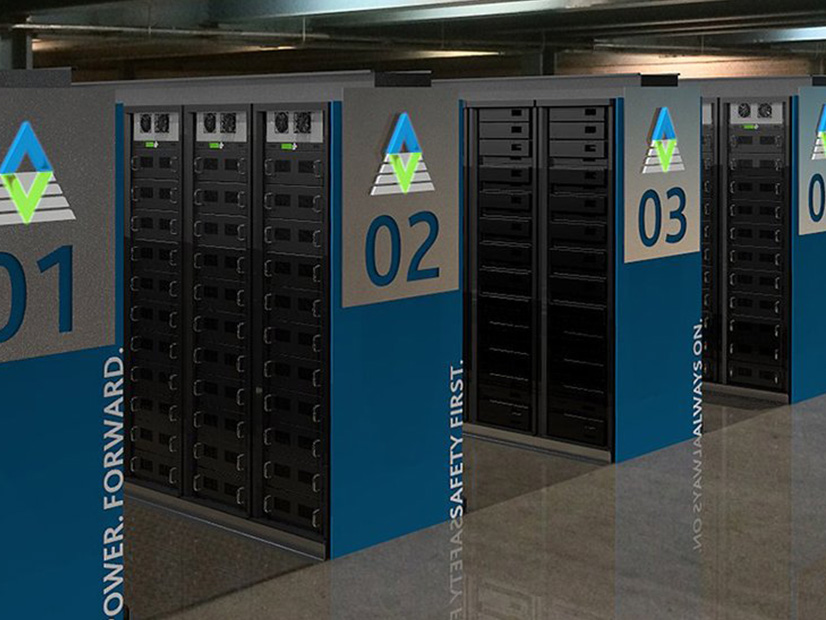
CARMEL, Ind. — MISO announced April 24 that 123 GW of new generation spread across 600 applications are vying to enter its generator interconnection queue under the 2023 cycle.
The 2023 intake, composed nearly exclusively of renewables and storage facilities, is almost 50 GW smaller than the 2022 application cycle MISO has been processing. MISO said while the number of proposed megawatts is still “significantly higher than historical averages,” 2023’s submittals were tempered due in part to its new, FERC-approved suite of tougher conditions on entrants.
Of the 123 GW of 2023 entrants, MISO said 115 GW (93%) represent wind, solar, storage or a combination of renewables and storage facilities. New solar projects account for 50 MW, storage projects total 29 GW, wind projects clock in at 19 GW, and hybrid renewable and storage projects about 17 GW.
MISO said if all the 2023 submittals are certified and accepted, the MISO queue will grow to 348 GW.
MISO required developers of the latest submittals to pay double in entrance and staged queue study fees, be subject to automatic and escalating penalty charges, and confirm they’ve obtained land for projects. The RTO had delayed opening its 2023 queue application window until March to obtain FERC approval to implement the new requirements. (See FERC Rejects MW Cap, Approves MISO’s Other Stricter Interconnection Queue Rules.)
MISO said its stricter requirements will allow for quicker network upgrade studies because it cuts down on the number of speculative projects entering the queue and then dropping out. It said it expects “higher-quality and more viable projects entering the queue.”
“Although these changes have resulted in a reduction from the previous cycle, it still represents a large number of projects for the team to study,” Director of Resource Utilization Andy Witmeier said in a press release. “We will continue working with our stakeholders to refine the queue process.”
Witmeier also pointed out that MISO is awaiting about 50 GW in approved generation projects that have yet to complete construction due to “financing, supply chain issues, delays in permitting and power purchase agreement negotiations.” (See MISO: Reliability Risk Upped by 49 GW in Approved but Unbuilt Generation.)
At an April 24 Planning Advisory Committee meeting, MISO staff said the RTO still plans to file again to implement an annual megawatt cap on project submittals to the interconnection queue. FERC rejected MISO’s first attempt to cap its queue entries annually based on a formula. (See MISO to Try Again for Interconnection Queue MW Cap, Open Window for 2023 Requests.)
The RTO has said annual queue entries as large as 2022’s 171 GW aren’t sustainable for a system that peaks at about 125 GW in the summer.
At the Gulf Coast Power Association MISO-SPP conference in March, MISO’s Scott Wright said the RTO worries about the queue “getting killed by volume,” where it’s nearly impossible to process projects because the queue is in essence “sabotaged” by scores of low-quality projects that aren’t fully fleshed out before being entered.

